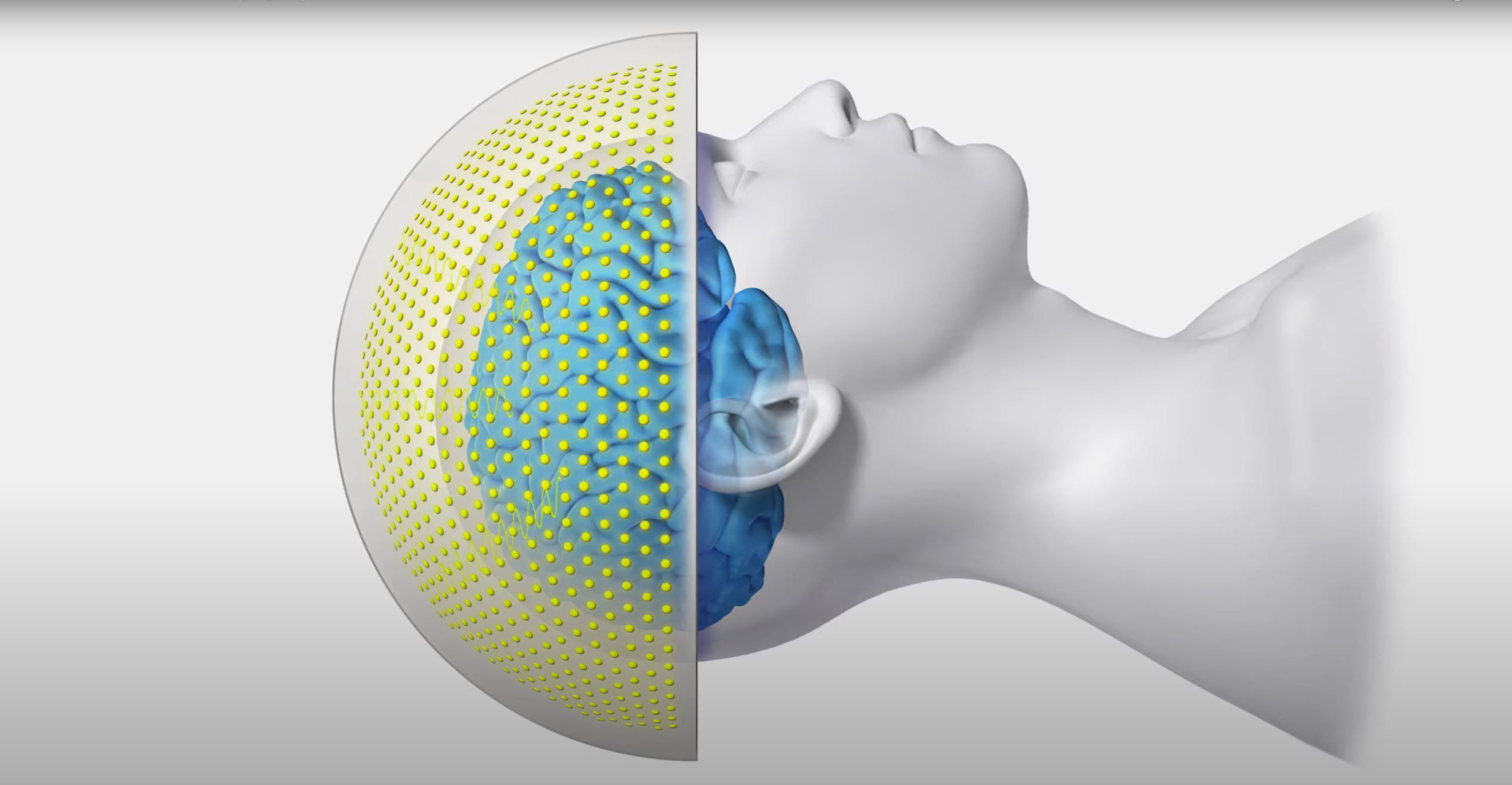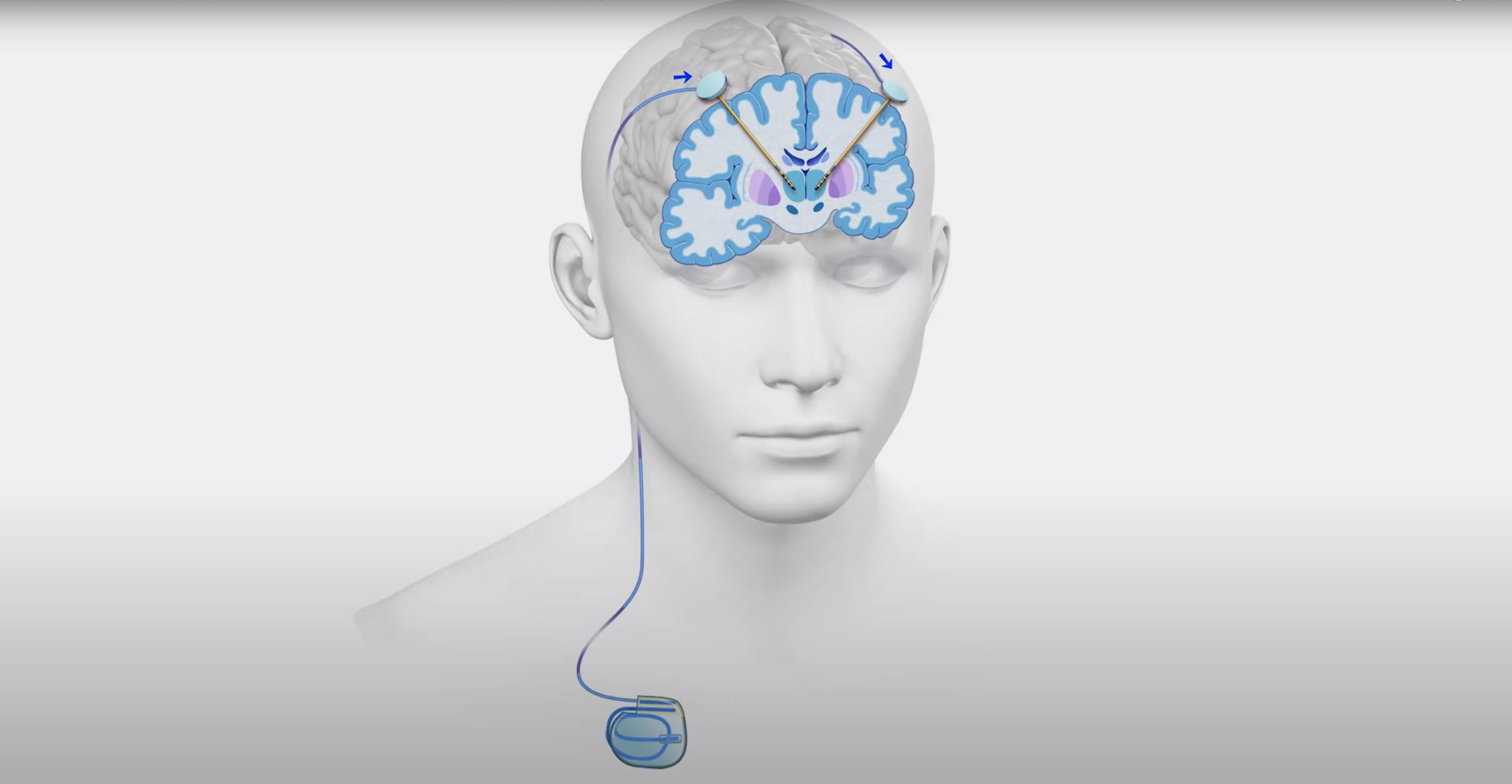New to MyHealth?
Manage Your Care From Anywhere.
Access your health information from any device with MyHealth. You can message your clinic, view lab results, schedule an appointment, and pay your bill.
ALREADY HAVE AN ACCESS CODE?
DON'T HAVE AN ACCESS CODE?
NEED MORE DETAILS?
MyHealth for Mobile
While essential tremor has no cure, treatment can help lessen its severity. As a leader in essential tremor care, Stanford Health Care has developed and pioneered a wide range of advanced therapies.
- Worldwide expertise: Our board-certified doctors are known globally for success in treating essential tremor.
- Advanced treatments: Our innovations in deep brain stimulation (DBS) techniques, including a frameless approach, provide greater comfort during surgery.
- Team approach: Skilled and experienced providers from numerous fields collaborate to create the right care plan for you.
- Clinical trials: Our active research efforts give eligible patients early access to promising new therapies for treating essential tremor.
- Comprehensive support: Experts can provide specialized assistance, such as nutritional guidance and emotional support.
- Ease of access: You can find providers, treatment, and support services at convenient locations across the Bay Area. Our International Medical Services team can assist you with travel and accommodations if you’re coming from outside the United States.
Connect to Care
Let us help find personalized care options for you and your family.
Interested in an Online Second Opinion?
The Stanford Medicine Online Second Opinion program offers you easy access to our world-class doctors. It’s all done remotely, and you don’t have to visit our hospital or one of our clinics for this service. You don’t even need to leave home!
Visit our online second opinion page to learn more.
Types of Essential Tremor Treatment
As one of the world’s leading centers for essential tremor care, we offer a wide range of therapies, including:
Some people with essential tremor may find relief from:
- Assistive devices: An occupational therapist might recommend wrist weights or weighted utensils to minimize the impact of tremors on everyday activities.
- Lifestyle changes: Limiting caffeine and reducing stress may help reduce tremor symptoms.
- Physical therapy: A physical therapist can show you exercises for improved muscle control.
Stanford Medicine researchers developed a wearable device that delivers individualized tremor treatment. Pressing a button on a wristwatch-like device stimulates nerves in your wrist to regulate areas of the brain causing essential tremor.
Your doctor may treat your essential tremor with one or more medications, such as:
- Beta-blockers like propranolol
- Anti-seizure drugs (anticonvulsants), including primidone, gabapentin, or topiramate
- Benzodiazepines (tranquilizers), such as clonazepam and diazepam
We inject this naturally occurring substance into muscles to help relax muscle activity and suppress the tremor.
- Magnetic resonance-guided focused ultrasound (MRgFUS) sends intense energy to the precise areas of your brain that cause the tremor. The high-intensity focused ultrasound destroys the targeted tissue without damaging surrounding areas.
- CyberKnife stereotactic radiosurgery delivers precise pulses of high-dose radiation that target certain brain areas, while limiting exposure to surrounding healthy tissues.
Deep brain stimulation (DBS) helps regulate electrical impulses in your brain. Your neurosurgeon surgically inserts electrodes in the part of your brain that triggers the essential tremor. The electrodes connect to a neurostimulator (brain pacemaker) implanted near your collarbone. Your neurologist or neurosurgeon programs the neurostimulator to deliver continuous electrical stimulation to your brain, helping suppress the tremor.
Clinical trials are research studies that evaluate a new medical approach, device, drug, or other treatment. As a Stanford Health Care patient, you may have access to the latest, advanced clinical trials.
Open trials refer to studies currently accepting participants. Closed trials are not currently enrolling but may open in the future.
To request an appointment with a specialist, call: 650-723-6469.


